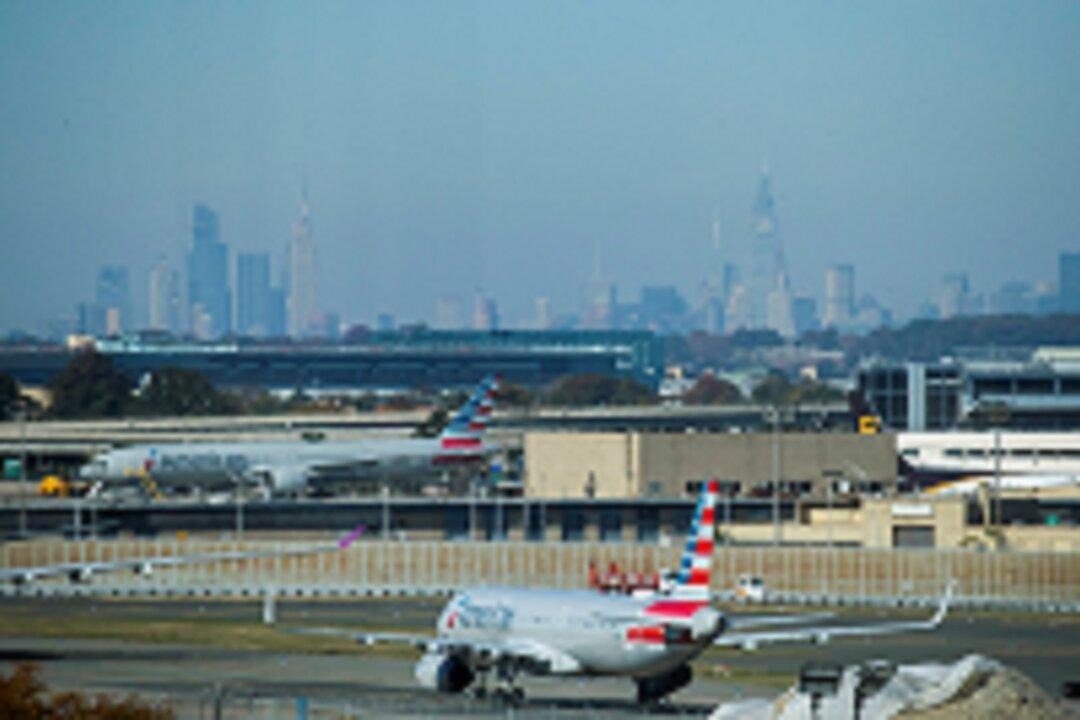A power outage at John F. Kennedy International (JFK) Airport’s Terminal 1 that prompted a small fire will continue to plague passengers on Feb. 17 after the terminal was shut down, airport officials have said.
The outage at Terminal 1 was caused by an electrical panel failure that resulted in a “small isolated fire overnight that was immediately extinguished,” the airport said on Twitter on Feb. 16.




